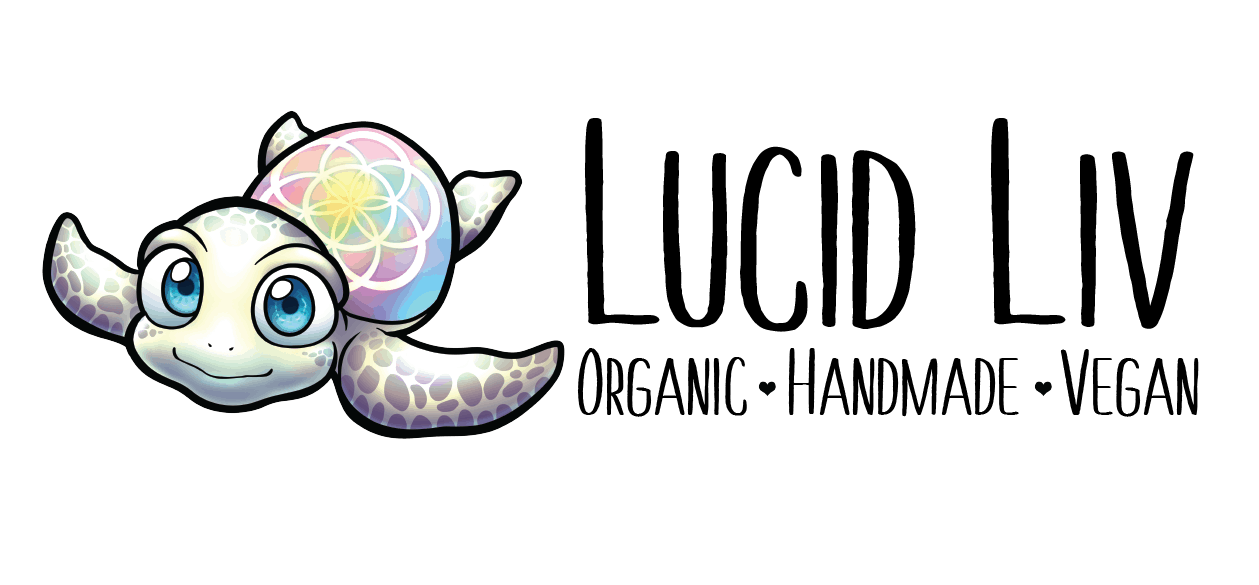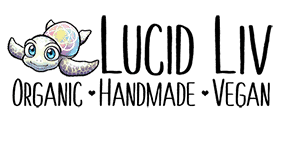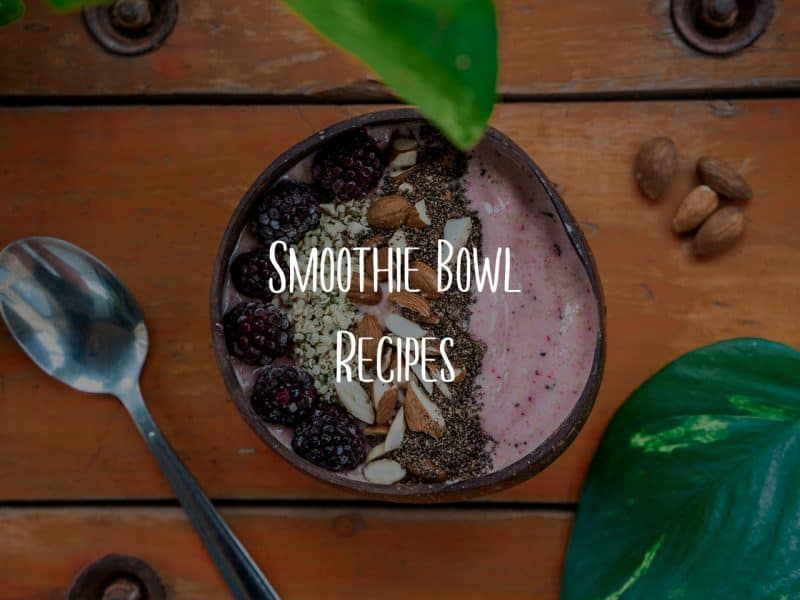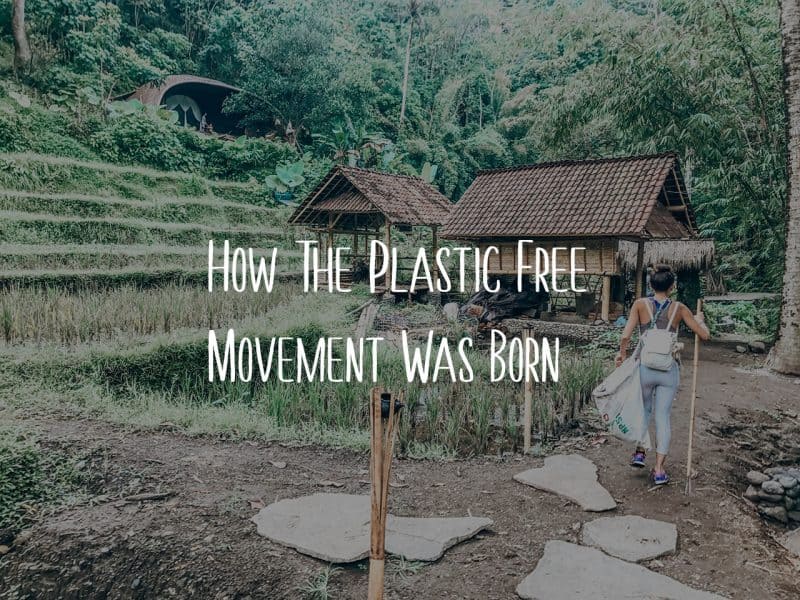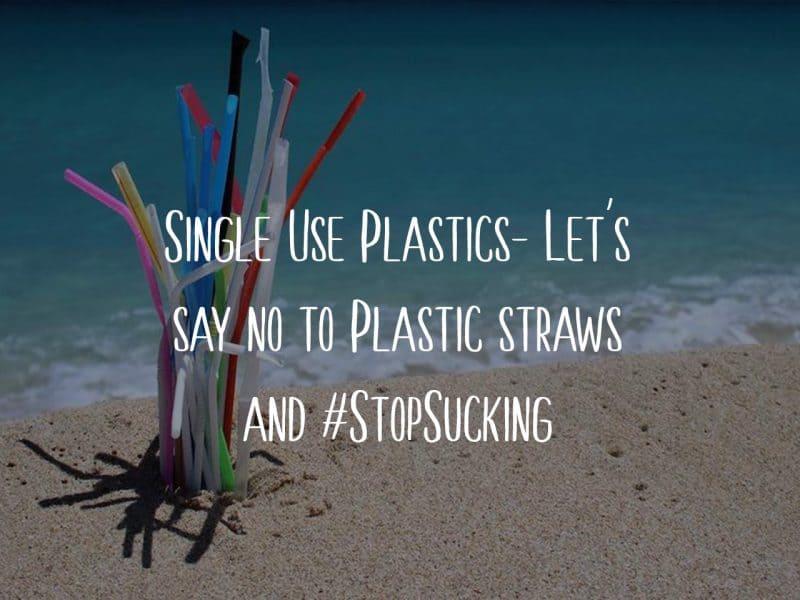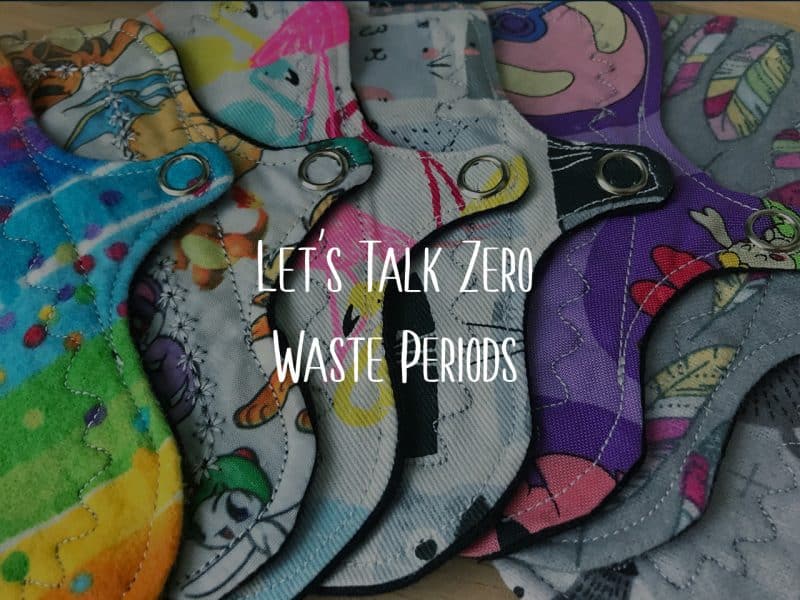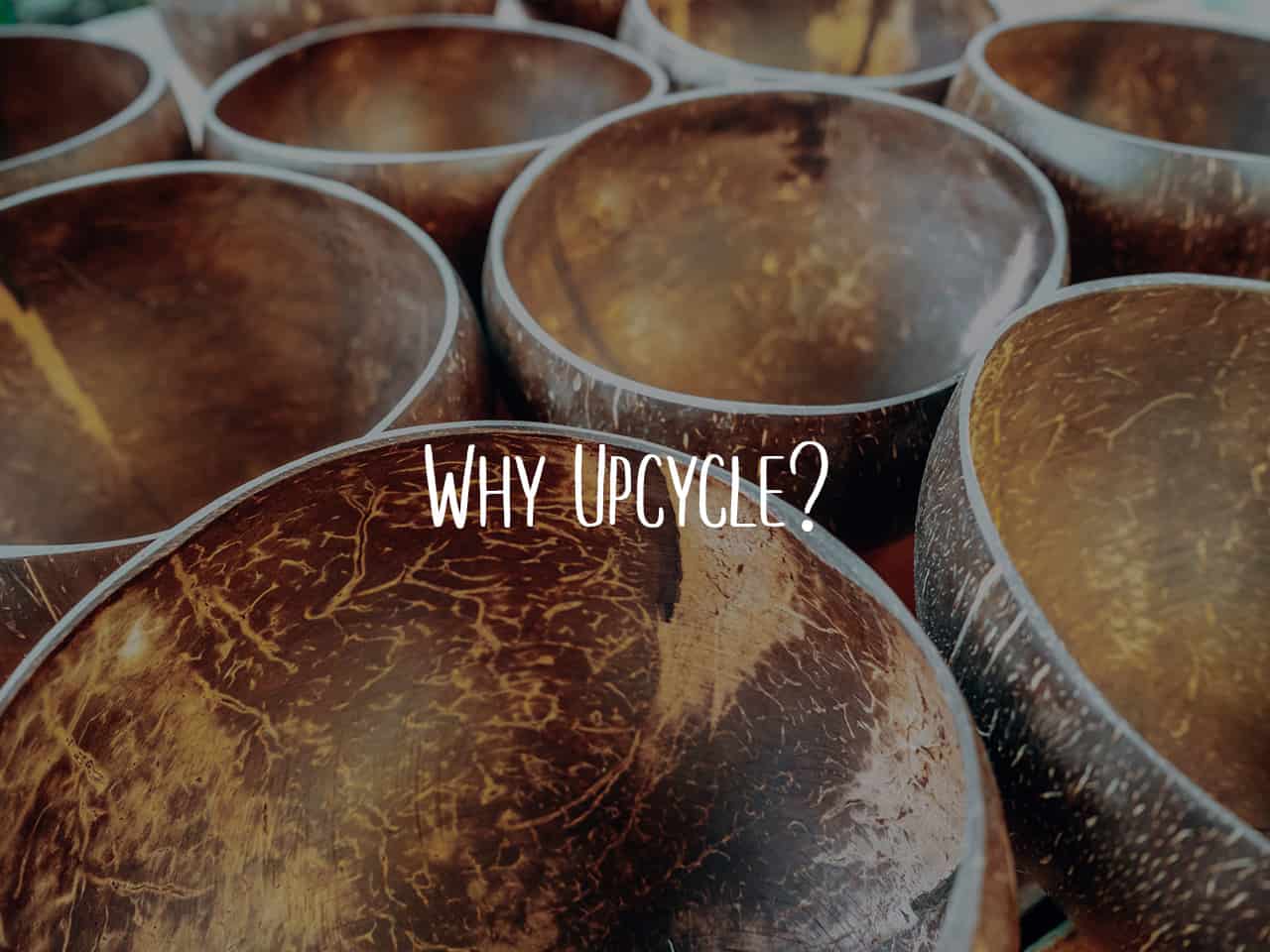
Why Upcycle?
Today I wanted to discuss upcycling. What does it mean and why do I use some upcycled fabrics? Why should we look to upcycle instead of recycle or purchase new garments? Let’s talk trash!
Recycling vs. Upcycling
Recycling takes consumer materials — mostly plastic, paper, metal and glass — and breaks them down so their base materials can be remade into a new consumer product.
When you upcycle an item, you aren’t breaking down the materials. You re-purpose it – like how I create my unpaper towels – but it’s still made of the same materials as when you started. Also, the upcycled item is typically better or the same quality as the original.

Upcycling is not new
Upcycling is not a new concept. Some of the best examples of modern-day upcycling come from the 1930s-40s when families had very little economic or material resources. In this age of thrift, they reused almost everything, repurposing items over and over until they were no longer useful: Feed sacks became dresses or old doors became the new dining room table.
What’s old is new again, but with a twist.
Thrift is still a trend today and a big reason some people upcycle. Others enjoy the artistic aesthetic. But one of the biggest reasons for the rebirth of upcycling is the positive impact on the environment. Items destined for landfill are rescued and remade into something useful. You can’t get much greener than that!

Landfill- A modern day dilemma
Every year, we are sending more and more items to landfill. Australians buy an average of 27 kilograms of new textiles each year and then discard about 23 kilograms* into landfill – and two-thirds of those discards are manmade synthetic/plastic fibres that may never breakdown. This is an alarming figure.
“There’s been a transformational shift in the way we source, use and discard our clothing which has major social and environmental implications. Fast fashion produced from global supply chains is driving purchasing of excessive new clothing, often discarded after a few wears,” Says sustainability consultant Jane Milburn.
Ms Milburn said average global annual consumption of textiles has doubled from 7 to 13 kg per person in two decades – and in Australia is twice that at 27kgs per person – and the majority of new clothing is now made from synthetic fibres derived from petroleum.
“Ecological research by Dr Mark Browne has shown synthetic clothes like polyester are shedding microplastic particles into the wastewater stream with every wash and then enter the food chain.
“In the same way we are aware of what we eat and want to know more about cooking and growing food, we are becoming more conscious about what we wear. We need to at least know the basics about how clothes are made, and how to make simple repairs to extend their lifespan.”

This is where upcycling is the answer for a greener future. Instead of recycling which takes a lot of energy or looking for new fabrics, we need to re-use what is already made.Stay tuned for more upcycled goodies to be added to my store, with a goal to move The Plastic Free Movement to majority upcycled and sustainable materials.
Together we can make a difference for our future generations!
*Australian Bureau of Statistics reports 501,000 tonnes of leather and textiles sent to landfill in 2009-10. Australian population 22 million in 2010, which averages out to 22.7kg per person. This figure may include carpets but that is not specified by the ABS.
